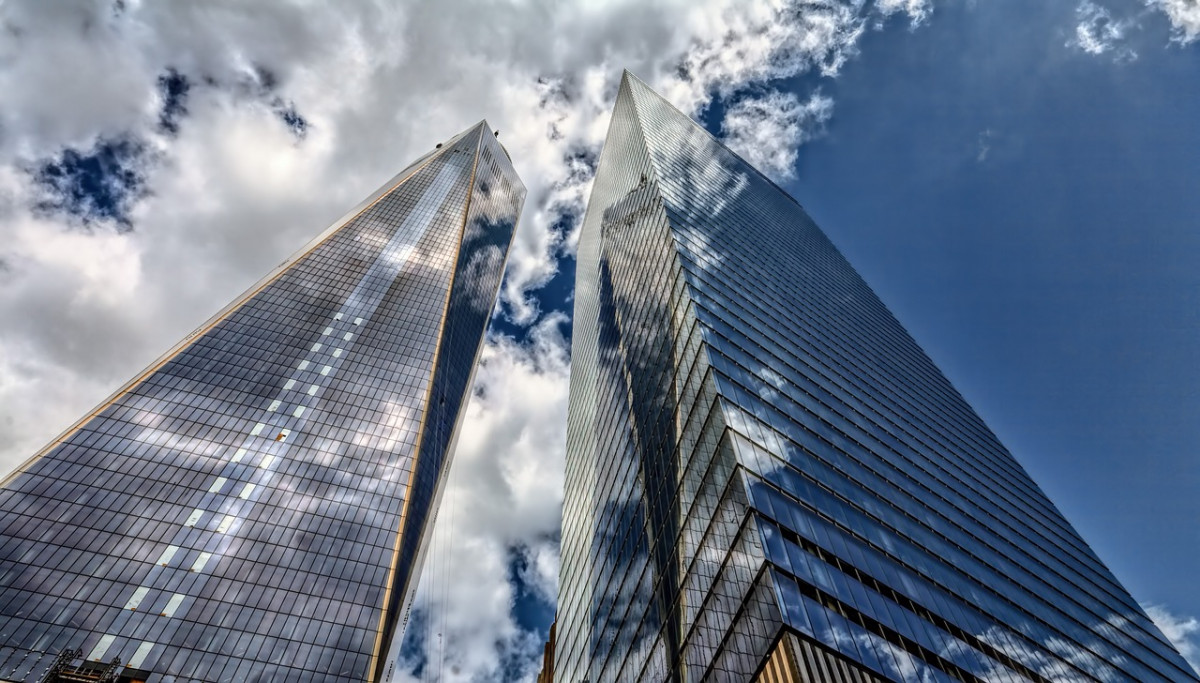
Faced with the enormous challenge of reducing the climate impact from the construction and operation of new and existing buildings, manufacturers, architects and construction companies across the globe have begun to reassess the criteria for architectural envelopes. While environmental conditions vary dramatically across differing climatic and geographical regions, the fundamental role of the building skin can be encapsulated in four basic parameters - weather-proofing, insulation, ventilation and day lighting. It is within these four parameters that modern architectural cladding and building envelope systems must seek to excel, simultaneously reducing energy consumption in the construction and optimisation of buildings.
Also Read | 7 decor must haves for your living room
The widespread use of glass as an architectural envelope has been historically driven by multiple factors, including the availability of mass manufacturing, cost reductions when compared with traditional systems and the relative ease and speed of installation. Spurred by the ‘concrete frame and glass wall’ ethos of mid-century modernism, and the dramatic vistas possible by edge to edge installations, glass has become the de-facto standard for cladding buildings. However, thermal performance and ventilation has always been and continues to be a major concern. Although recent developments such as triple glazing and layered lamination have improved the insulating capabilities of the material, glass- clad buildings continue to require a greater degree of interior air conditioning to achieve thermal comfort.
Also Read | Prestigious International Honors for Innovative, Inclusive Upper Los Angeles River Plan
In contrast, a built-up insulated wall system with a permanent exterior finish such as brick or stone is often a much more expensive cladding solution, requiring multiple components sourced from multiple manufacturers. However, there can be significant long term savings, such as increased thermal insulation, lower maintenance costs (such as the reduced need for repeated cleaning) and lowered heat island effect.
Studies have shown that up to 89% of the carbon emissions from a building material over a 50-year lifecycle period come from the operational phase of the building, compared to the manufacturing processes. That makes brick and stone a viable alternative to the current hegemony of glass.
Also Read | Interior stylist Bhawana Bhatnagar on smart lockers at residential spaces
Choosing an appropriate cladding material remains one of the most important determinants of the exterior form of a building. Rather than focus on aesthetics, or short term capital cost constraints, contemporary architects need to assess the success of their buildings from a performance perspective. A truly ‘green’ building is one that can save energy year after year, and not be limited to a one-time goal linked to the construction process or schedule of the building. Efficiency standards for automobiles, public transport and other aspects of city life continue to rapidly evolve, pushing manufacturers to the boundaries of their capabilities. The design of buildings must also begin to reflect this ethos, and the external cladding is the best place to begin making our built environment more environmental responsible for a sustainable future.
Also Read | Home Accessories For Hydration